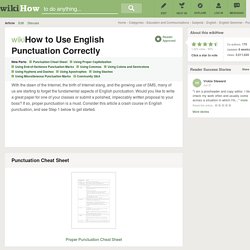

Graphic_organizer. Choose Your Own Adventure: A Hypertext Writing Experience. Overview Featured Resources From Theory to Practice In this unit, students meet in literature circles to read an adventure story, and then combine both reading and writing skills to write an original “choose your own adventure” story.

Students begin by reading one or more adventure stories and discussing elements unique to this type of story, such as the second-person point of view, as well as setting, character, plot, and conflict. Small groups begin by planning out the first section of the adventure story using graphic organizers. Back to top ReadWriteThink Webbing Tool: Students use this online tool to create a variety of free-form graphic organizers including cluster, hierarchy, and cause and effect webs. This lesson combines reading and writing in a collaborative, small-group learning experience. Further Reading Wilhelm, Jeffrey D., and Paul D. Dale, Helen. 1997. Gruber, Sibylle, ed. 2000. How to Write an A+ Research Paper. This Chapter outlines the logical steps to writing a good research paper.
To achieve supreme excellence or perfection in anything you do, you need more than just the knowledge. Like the Olympic athlete aiming for the gold medal, you must have a positive attitude and the belief that you have the ability to achieve it. That is the real start to writing an A+ research paper. Choose a topic which interests and challenges you. Your attitude towards the topic may well determine the amount of effort and enthusiasm you put into your research. Focus on a limited aspect, e.g. narrow it down from "Religion" to "World Religion" to "Buddhism". Select a subject you can manage. Surf the Net. For general or background information, check out useful URLs, general information online, almanacs or encyclopedias online such as Britannica.
Pay attention to domain name extensions, e.g., .edu (educational institution), .gov (government), or .org (non-profit organization). Read and evaluate. Example of an outline: Great Source iwrite - Students: Grammar Handbook. State-of-the-Art Science Program Grades K–8 Science Program Combining interactive write-in texts, hands-on activities, and a full digital curriculum, ScienceFusion provides multimodal learning options to build inquiry and STEM skills, preparing students for success in future science courses and careers.

How to Use English Punctuation Correctly (with examples) Steps Part 1 Using Proper Capitalization 1Always start a sentence with a capital letter.

Unless you're an avant-garde poet or you're starting a sentence with a brand name like "wikiHow" or "iPod," you will need to capitalize the first letter of every sentence. Here is an example of proper capitalization at the beginning of a sentence: She invited her friend over after school. 2Use capital letters to start proper nouns and titles. Part 2 Using End-of-Sentence Punctuation Marks 1Use a period (full stop) to end declarative sentences and statements. Part 3 Using Commas 1Use a comma to indicate a break or pause within a sentence. Part 4 Using Colons and Semicolons 1Use a semicolon to separate two related but independent clauses. Part 5 Using Hyphens and Dashes 1Use a hyphen when adding a prefix to some words.
Part 6 Using Apostrophes 1Use the apostrophe together with the letter s to indicate possession. Part 7 Using Slashes. Improve Your Writing - Table of Contents.